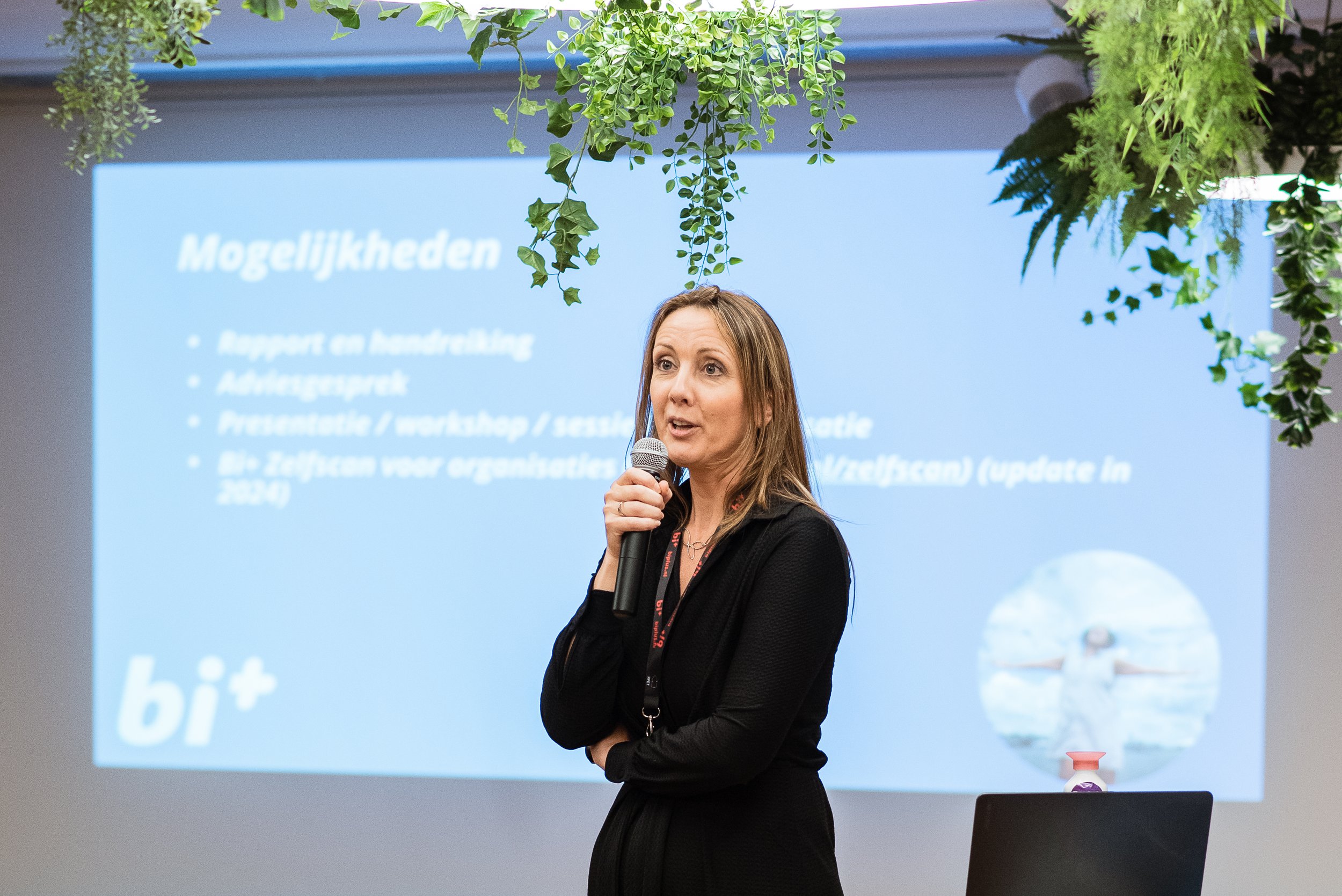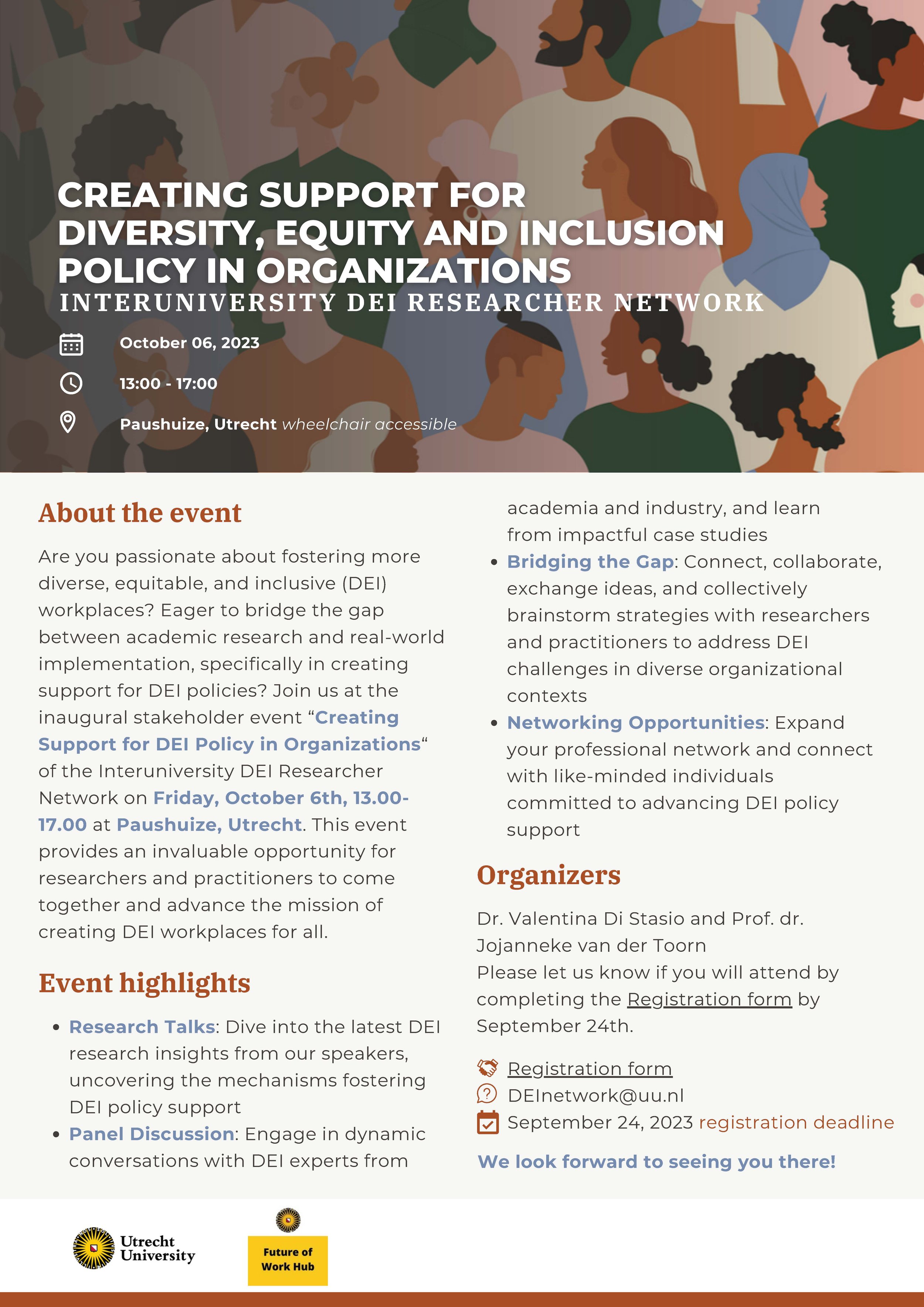During the yearly benchmark conference of the Netherlands Inclusivity Monitor (NIM) on March 7th, I presented the most recent outcomes of the research that we conducted at currently 65 organizations and Marlous Strout from Lister shared how she applies the NIM research in practice. And all this inspiringly led by Sander Haas, board member of InclusieNL.
The factsheet and summary of our findings and recommendations can be found here.
We examined to what extent the D&I policy of organizations are coherent, systematic and evidence-based, ánd how inclusive employees experience the organizational climate to be. What stands out at policy level, is the large focus on the inflow of diverse talent and creating an inclusive culture. Throughflow and outflow are domains that currently gett less attention. In addition, we notice that only a few organizations evaluate the outcomes of their policy and actions properly, and that goals could be formulated more SMART. Amongst employees, what stands out is that people who feel different from the majority, experience the organizational climate to be less inclusive than the majority group. Particularly people who feel different based on education or ethnicity experience a less positive inclusive climate.
Read more here.
The factsheet and the event were made possible by the Goldschmeding Foundation.























